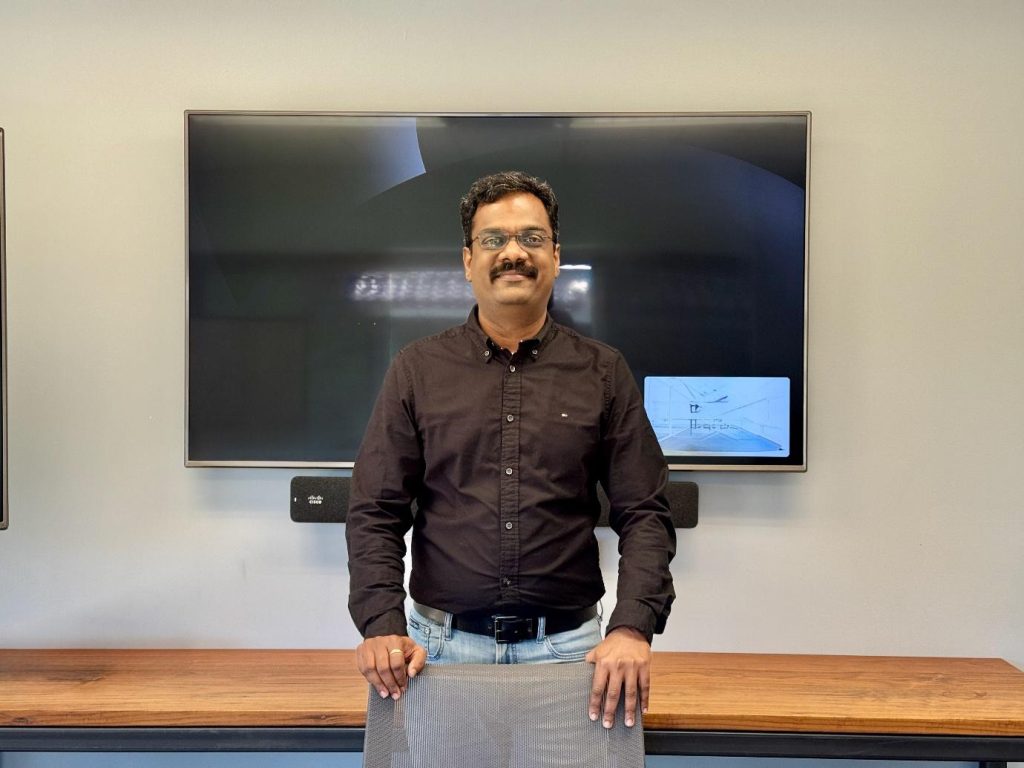In the world of enterprise resource planning, or ERP, a profound change is underway. Long known for its complex and often slow development cycles, this industry is finding a new way to deliver solutions at speed with the integration of artificial intelligence. It’s a shift that promises to link a company’s technical work directly to its financial performance.
Assisting this movement is Sivasubramanian Kalaiselvan, an architect who is not just building software, but is also redefining how a business operates. His work shows that accelerating a core function like supply chain management can unlock significant gains across the entire organization.
Discussing his work he shared how his team took on a major project of integrating AI tools like GitHub Copilot into the ERP delivery process. The results of this integration were quite dramatic, as Kalaiselvan suggested. There was a 45% increase in developer productivity for common coding tasks, which, in turn, cut project timelines by an average of 30%. This efficiency extended to quality as well, with AI-assisted code reviews helping to reduce post-deployment defects by 60%. The most telling outcome was a 25% reduction in the average ‘code-to-cash’ cycle. This means the time it took for a new idea to become a revenue-generating reality was drastically shortened, making the technology a direct driver of business growth.
But, as highlighted by the architect, the journey was not without its obstacles. The biggest challenge was not technical, but cultural. “Initially, our senior developers resisted AI pair programmers, viewing them as untrustworthy ‘black boxes’ that generated verbose, inefficient code,” he shared. “This skepticism manifested as low adoption and increased code review times.” Furthermore, ensuring that the AI’s output aligned with the enterprise’s architecture was greatly challenging. Early on, the team discovered that AI-generated code, while functional, could introduce subtle security flaws or bypass critical data access protocols. This was a serious risk, especially for a finance module that had to be refactored because an AI tool suggested a pattern that was unsafe for the firm’s regulatory environment.
To overcome this, Kalaiselvan pioneered a ‘governance-as-code’ framework along with his team. This system automatically flags and rejects AI suggestions that do not meet predefined enterprise standards. He also instituted a training policy for junior developers, requiring them to first manually code key logic paths. This ensured they developed essential problem-solving skills rather than becoming reliant on the AI to do all the work.
Additionally, his work also included a major project to modernize the company’s ‘Order-to-Cash’ system. Using AI pair programming, his team was able to migrate legacy code to a cloud-native platform 40% faster. This improvement enhanced the organisation’s ability to support modern retail and its omnichannel fulfillment needs. He also worked on a large-scale merger where AI automated the integration of supply chain processes, which cut manual coding effort in half.
Beyond the technical contributions, the expert has also added to the field of academia with his research, “Revolutionizing Forecasting with Unified Demand Forecasting for Supply Chain Retail by SAP Customer Activity Repository (CAR) using Machine Learning, Predictive Analysis, and AI.” In the paper, he discusses the architectural methods used to connect machine learning with SAP, leading to better forecast accuracy from real-time data.
Building on these innovations, Kalaiselvan foresees a time where AI goes beyond writing code to become a part of a self-healing and self-optimizing enterprise system. In this vision, the role of a developer changes from a coder to an AI Orchestrator, a person who defines business goals, curates training data, and validates the decisions of these intelligent systems. His work has already shown this is possible. His team witnessed an 80% faster onboarding time for new developers, a 75% boost in DevOps productivity, and 90% of developers reported higher job satisfaction.
The key takeaway is that the future of enterprise software is not about AI replacing developers, but about AI elevating them. The real innovation lies in building systems that allow AI to intelligently enhance operations, turning developers into architects of a new, autonomous enterprise. Lastly, as Kalaiselvan advocates, “The real opportunity is not just building ERPs with AI, but architecting ERPs for AI.”



